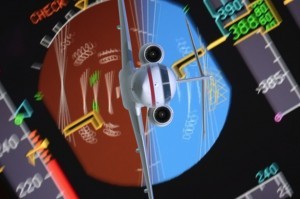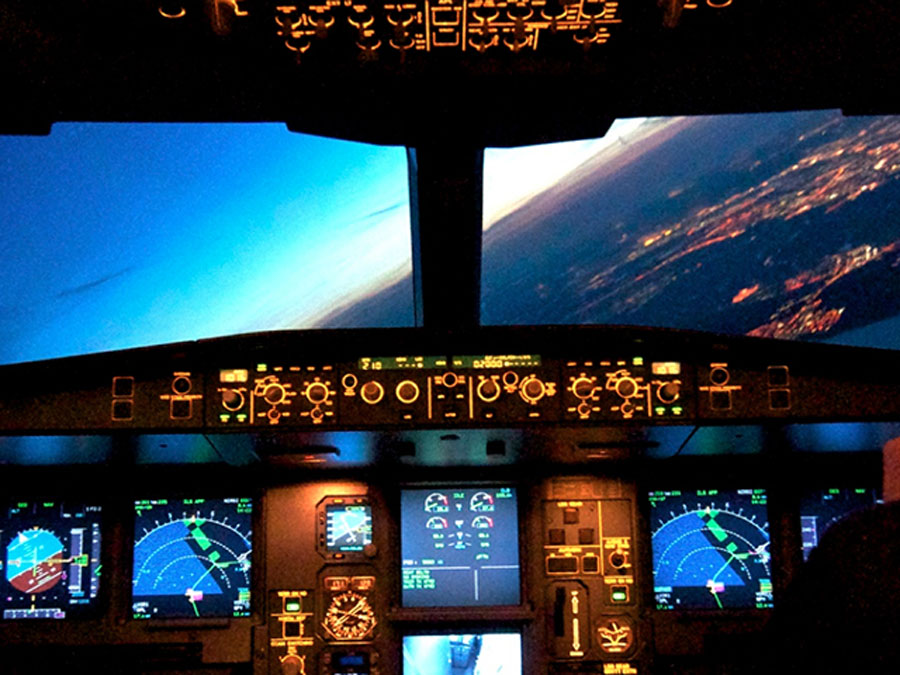
Most pilots think that upset recovery is all about stick-and-rudder flying skills. While recovery skills are certainly a trained response, comprehensive upset prevention and recovery training requires a baseline understanding of the aerodynamic and physical factors involved in an upset event. This knowledge can be a powerful tool in preventing an accident whether you are the Pilot Flying or the Pilot Monitoring.
At the 2013 Bombardier Safety Stand Down in Wichita, National Transportation Safety Board (NTSB) Member Robert Sumwalt provided a presentation on pilot monitoring. Statistics he shared highlight the importance of the knowledge and skills that Upset Prevention and Recovery Training (UPRT) can provide for the Pilot Monitoring.
In an NTSB Safety Study involving flightcrew-involved major accidents of US air carriers over a 12 year period, inadequate crew monitoring or challenging was a factor in 31 of 37 (84 percent) of the reviewed accidents. In the study, 76% of the monitoring/challenging errors involved failure to catch something that was causal to the accident. Of the monitoring/challenging errors, 17% were a failure to catch something that contributed to the accident’s cause. Line Oriented Safety Audits (LOSA) have found that 20% of flights have substandard monitoring/cross-checking in at least one flight phase.
In the United Kingdom, the Civil Aviation Authority (CAA) safety risk analysis process has identified Loss of Control as one of its ‘significant 7’ safety risks. Monitoring lapses were identified as contributory factors in many fatal accidents and serious incidents and the CAA established that the training and assessment of monitoring skills needed to be investigated.
 Monitoring enables the pilot to:
Monitoring enables the pilot to:
- Recognize and respond to any deviations from the plan in a timely and effective manner;
- Recognize and advise on deviations in appropriate configuration states;
- Recognize and advise on abnormal conditions;
- Alert changes in automation modes (in accordance with SOP);
- Advise on achievement of approaching clearance heights;
- Advise on external threats (weather, terrain, traffic); and
- Recognize and advise on any errors by a crew member.
In the domain of normal flight operations these actions are relatively straightforward. In the face of a time-critical and life-threatening airplane upset event, a disoriented pilot monitoring who is untrained in the enhanced safety skills of upset recovery may be of little or no use in backing up the pilot flying.
The essential knowledge and skills of comprehensive upset recovery are not included in the existing FAA pilot training requirements and practical test standards. For a pilot to be able to recognize the development of an aircraft upset and provide advice to the pilot flying in such a situation it is essential that the monitoring pilot be situationally aware and understand the corrective course of action required. These enhanced skills come from UPRT and can make the monitoring pilot a life saver in an unexpected aircraft upset which could lead to a loss of control in flight, the leading cause of aviation fatalities.




Comments: